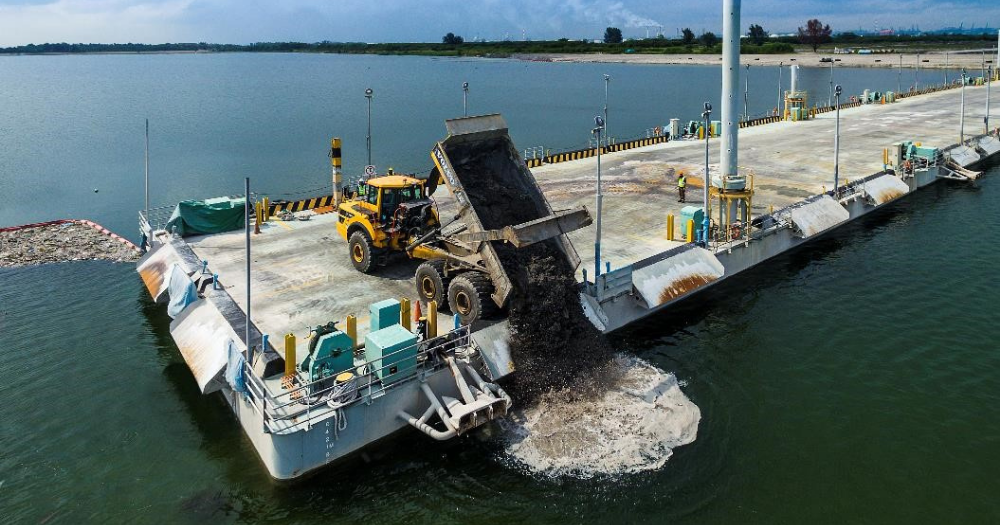
The Blinkit paradox is just as true for any other quick commerce company fooling itself with the notion that it has won the market Remember that scene from Christopher Nolan’s Inception? One of the main characters takes another on a walk up a staircase, but the stairs actually lead to the bottom and end in a loop. ‘It’s a paradox,’ says the one character to the other. Knowing that this was a reference to the ‘Penrose stairs’ created by M.
C. Escher is one thing, but seeing it come to life on screen actually felt magical. And that line sealed the illusory effect.

After the past year, Zomato-owned Blinkit finds itself on its own Penrose step. The company seemed to have found vindication and denied the naysayers with its fantastic financial performance in FY24. But the story in FY25 has been anything but smooth.
Competition is taking its toll on Blinkit, so is the company’s push to grow and expand. In fact, Blinkit is building the very Penrose stairs it’s standing on. The more steps it adds, the more it finds itself going back to the start.
This is the Blinkit paradox — but also true for any quick commerce company fooling itself with the notion that it has won the market. Let’s dive in, but after a look at the key stories from our newsroom this past week: Soon after Zomato reported lower profits for Q3 FY25 , all eyes were on Blinkit. Consolidated net profits declined 57.
2% to INR 59 Cr in Q3, and even on a QoQ basis, the PAT was down by 66%. That by itself is not an alarming figure, but besides a slowdown in the food delivery segment, the higher losses are due to an increase in Blinkit’s adjusted EBITDA loss as the company shifted gears and accelerated its expansion plans in the tail end of 2024. Zomato CFO Akshant Goyal said that losses will continue in the near term for Blinkit, as the company expedites its expansion plan.
“Our networks may have to carry a greater load of under-utilised stores which will impact near-term profits in the next one or two quarters. These investments will however also likely result in GOV growth remaining meaningfully above 100%, at least for FY25 and FY26,” the finance head added. While Zomato’s operating revenue surged over 64% to INR 5,405 Cr during the quarter under review, it’s clear that food delivery is lagging behind in terms of growth.
So not only does Zomato have to contend with growth pains and expenses for Blinkit, it also has to watch out for food delivery slipping further. At this moment, there’s no reason to hit the alarm bells, but a keener eye on the quarter-on-quarter numbers from now till H1 FY26 is warranted. Rakesh Ranjan, CEO of Zomato’s food delivery business, is confident of staying on track for the 20% YoY growth guidance for the gross order value on food delivery, but noted that there is a broad-based slowdown in demand from November 2024.
Amid the rising competition in the quick commerce segment, Blinkit’s adjusted EBITDA loss surged over 13X QoQ to INR 103 Cr in Q3 on account of upfront investments made during the period. On a year-on-year basis, this loss grew by 15.7%, which highlights that Blinkit has lost the profitability edge that many had assumed it had sharpened last year.
A lot of this is due to the quick commerce platform surpassing the 1,000-store mark in Q3 with 216 new dark stores added just between September and December. Leveraging Zomato’s recent INR 500 Cr infusion , Blinkit would be looking to double this to 2,000 stores by December 2025, and it is likely going to add to the new 1.3 Mn sq ft of warehousing space opened up in FY25.
“The higher capex is also the key reason behind the quarterly increase in depreciation. As mentioned earlier, we expect the steady-state impact of depreciation to be about 0.5-1% of GOV,” Blinkit CEO Albinder Dhindsa revealed in the earnings call.
But the growing competition has not fazed Dhindsa, Deepinder Goyal & Co. This is despite the fact that there’s a definite dent in margins and profitability is not a given during this phase of expansion, even for currently profitable dark stores. Blinkit says the expansion phase was part of a “densification in existing cities”, where new stores are added to zones that are underserved from a supply point of view.
This continues Blinkit’s focus on its top markets — more than 50% of the new stores came in the top eight cities, and only 20% were in new cities. Blinkit also added new stores in non-serviceable areas in the hope of testing the waters there. The top eight cities currently bring in more than 80% of Blinkit’s revenues and also have the highest percentage of profitable stores.
But new store addition also slows profitability for existing stores in these top cities. Growing density of stores means existing stores see a drop in order volumes, even though overall Blinkit volumes would grow. Blinkit has the advantage of lower last-mile delivery and procurement costs, thanks to the growing store density in existing cities, but this advantage is yet to manifest itself fully.
In the short term, though, Blinkit has to eat the cost of this expansion. And all this while also battling competition in terms of customer acquisition and retention and supply of new brands and categories. The quick commerce giant admitted that take rates have gone down as there is heightened competition in the space, which results in some discounting on delivery fees.
As CFO Goyal said, since new stores and warehouses take a few months to ramp-up, they end up being margin dilutive in the short term. But what was unsaid is the impact on existing profitable stores. For the time being, this impact is showing itself as higher losses for Blinkit.
Having said that, scale is not a guarantee of profits. There will be stores that shut down and some cities would require a restructuring of resources and supply chain. The company is banking on its existing playbook for new cities, but competition may test Zomato’s patience.
Zepto and Swiggy are investing heavily in expansion as well, while Amazon, Flipkart, JioMart, BigBasket and others are splurging to acquire new users and to expand their footprint as well. Even the likes of Ola and PhonePe are testing quick commerce models to take advantage of their reach and scale. Brokerage HSBC Global Research has reportedly said in a note that the massive addition in dark store count has hurt the bottom line across the quick commerce sector because of which it expects giant players to go slow on their expansion plans.
This is quick commerce’s Cambrian era, so Zomato cannot afford to take its foot off the accelerator. And indeed, it has to continue walking into the Blinkit paradox in search of the profitability that would justify all this investment and all this effort. How far away is that point on Blinkit’s trek up the stairs?.















